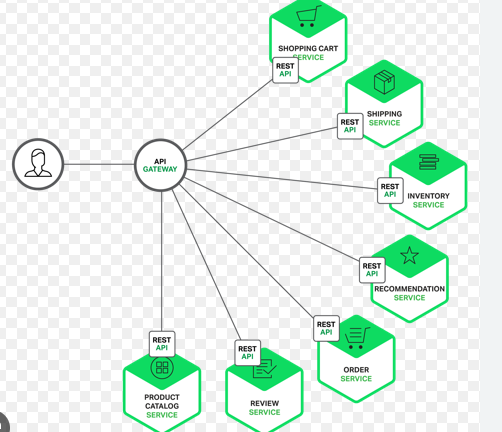Kubernetes Operator vs Helm - Which One to Choose ?
- RNREDDY

- Sep 9
- 2 min read

Kubernetes Operator vs Helm - Which One to Choose?
Kubernetes Operators and Helm charts often seem like interchangeable for application deployment, but they serve distinct purposes.
While Helm focuses on templated app installation, Operators enable more sophisticated, lifecycle-aware management.
What is a Kubernetes Operator?
In Kubernetes, an operator is an automated way to manage complex applications using custom resources.
It combines two key components:
Controller: A controller continuously monitors the state of resources and ensures the actual state matches the desired configuration. When something changes or fails, the controller works to bring things back into alignment.

Custom Resources (CRs): These are user-defined extensions to the Kubernetes API, allowing new functionality not provided by default. Custom Resource Definitions (CRDs) let you define new resources to represent your app's needs.
Together, operators use CRDs and controllers to deploy and manage apps in Kubernetes clusters.

Let’s take a simple example Use Case: PostgreSQL Database Operator
Imagine setting up a highly available PostgreSQL database.
With an Operator, you can automate scaling, backup, and failover with just a few configuration settings, without manually configuring these tasks every time.
apiVersion: postgresql.dev/v1
kind: PostgresCluster
metadata:
name: techops-database
spec:
instances: 3
backups:
enable: true
schedule: "0 3 *" # Daily backups at 3 am
storage:
size: 100Gi
What is a Helm Chart?
A Helm chart is a package format that bundles Kubernetes resources to deploy applications in a repeatable manner.

It provides all necessary configurations, dependencies, and templates for setting up applications in a Kubernetes cluster, acting as a blueprint for reusable, customizable deployments.
Helm Chart Structure:

Example of a Chart Dependency:
dependencies:
- name: redis
version: "14.8.12"
repository: "https://charts.bitnami.com/bitnami"
Helm Chart Workflow:
Prepare a values.yaml with default configuration or custom values.
Run helm install to deploy the chart, which renders the templates with values and creates Kubernetes resources.
Post-install: NOTES.txt displays useful info, and values can be easily overridden for updates.
This structure makes Helm charts powerful and modular, promoting reusability and configurability for Kubernetes application management.
Here are the key differences to be considered before picking the one to choose.
Feature | Kubernetes Operator | Helm Chart |
Purpose | Automates complex app lifecycles, especially for stateful apps | Packages apps for deployment on Kubernetes |
Complexity | Higher; requires CRDs and custom controllers | Lower; uses templated YAML files |
Customization | Highly customizable with custom code | Limited to values.yaml parameters |
Lifecycle Management | Full lifecycle (install, update, scaling, failover) | Basic lifecycle (install, upgrade, remove) |
Learning Curve | Steeper; requires understanding controllers and CRDs | Easier to learn; similar to package managers |
GitOps | Supports detailed, custom GitOps workflows |



Comments